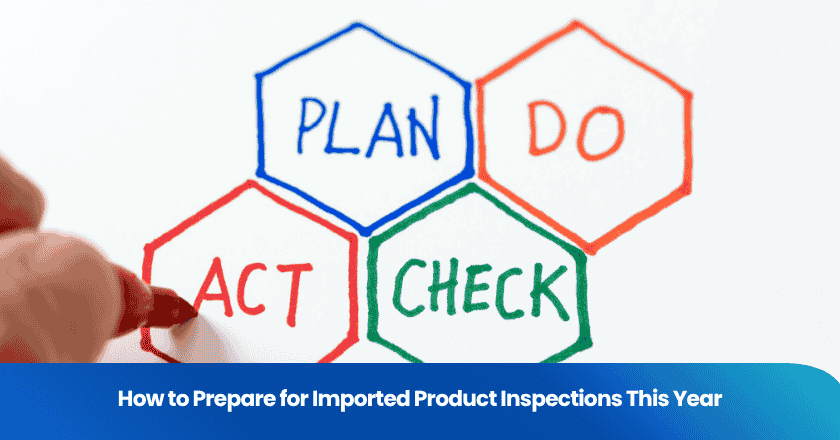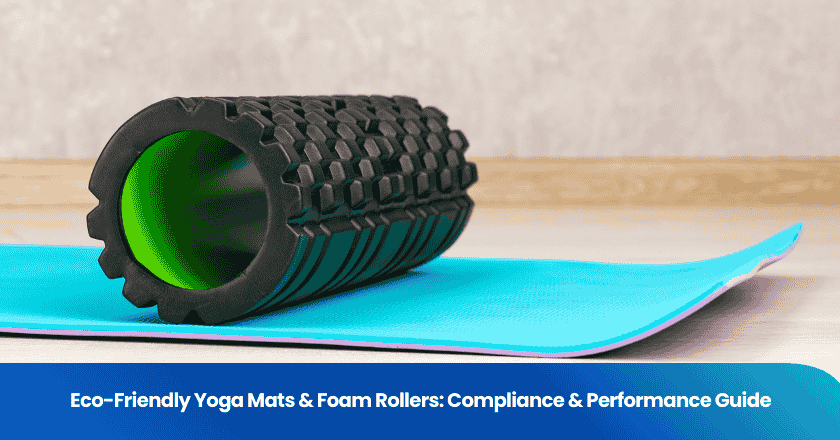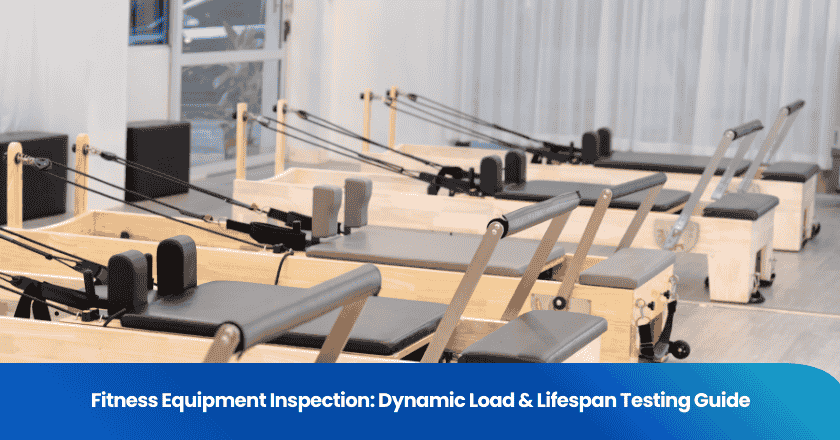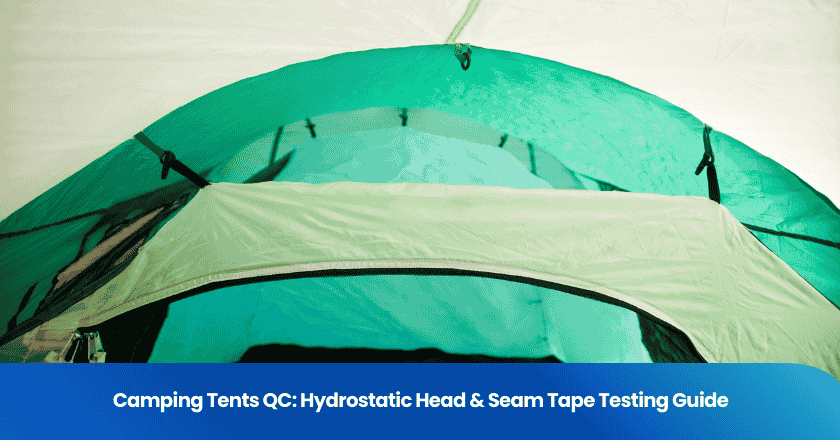
Companies face new challenges as they prepare for Imported product inspection in 2025. Accurate documentation remains critical. Inspectors now expect consistent food labeling and clear food shipment histories. Food importers must provide updated food certificates and test reports. Regulatory agencies often conduct unannounced inspections, placing more focus on continuous food compliance. Staying alert to expedited processing and evolving food standards helps minimize risk.
Imported Product Inspection
Immediate Actions
Companies must act quickly when preparing for imported product inspection. They should review all food shipment records before the inspection begins. Inspectors often check for consistency in food labeling and documentation. Teams should verify that each food product matches the information on customs forms. They must confirm that all food certificates and test reports are current and accurate.
A clear checklist helps teams manage the process.
• Review food shipment history for accuracy.
• Confirm that food labels meet current standards.
• Ensure all food certificates are up to date.
• Prepare for possible unannounced inspection visits.
• Organize all documents for easy access during the inspection.
Tip: Assign a dedicated team member to oversee the imported product inspection process. This person can coordinate with customs officials and inspectors, ensuring a smooth import process.
Immediate action reduces the risk of delays. It also improves the chances of passing the inspection. Teams that prepare early can address any issues before inspectors arrive. This approach protects food safety and supports compliance with regulations.
Supplier Compliance
Supplier compliance plays a vital role in imported product inspection. Companies must work closely with suppliers to ensure that every food item meets regulatory standards. Suppliers should provide detailed documentation for each shipment. This includes test reports, certificates, and proof of origin for all food products.
Regular communication with suppliers strengthens the process.
• Request updated food safety certificates from each supplier.
• Verify that suppliers follow proper food handling and storage procedures.
• Conduct periodic audits of supplier facilities to check compliance.
• Maintain a record of all supplier communications and documents.
Note: Companies that monitor supplier compliance reduce the risk of non-compliant food entering the supply chain.
A strong supplier compliance program supports the overall inspection process. It ensures that food products remain safe and meet all legal requirements. Companies that invest in supplier relationships can identify potential problems early. This proactive approach helps maintain food safety and regulatory compliance throughout the import process.
Inspection Standards
US Food Import Regulations
Regulatory agencies have updated us food import regulations for 2025. Inspectors now conduct unannounced inspection visits more frequently. Companies must follow fda guidelines to ensure food safety and compliance. The Food and Drug Administration requires importers to submit a prior notice before food shipments arrive. This step helps officials track food products and identify potential risks. Importers must review guidelines for import duties and tariff impact. These costs affect the overall price of food imports and influence supply chain decisions.
The Customs and Border Protection agency enforces import requirements for food shipments. Importers must provide accurate documentation for each food item. Agencies expect companies to maintain records that match shipment details and labels. Food safety standards require importers to verify the origin and handling of every product. Companies must check guidelines for prior notice and update their procedures regularly.
Note: Agencies may expedite processing for certain food shipments. Importers should monitor regulatory updates and adjust compliance strategies as needed.
General US Food Import Regulations
General us food import regulations apply to all food categories. Importers must understand guidelines for import duties and prior notice. The Food Safety Modernization Act sets strict rules for food safety and inspection. Companies must submit a prior notice for every food shipment. This process helps officials manage import requirements and prevent unsafe food from entering the market.
Pharma and biotech importers face additional requirements. Agencies require serialization for traceability. Importers must document country-of-origin for each product. Forced labor compliance has become a priority in 2025. Companies must review guidelines and maintain records to prove ethical sourcing.
The following table summarizes key guidelines for food importers:
| Regulation | Requirement | Impact on Importers |
|---|---|---|
| FDA Guidelines | Submit a prior notice | Faster inspection |
| Import Duties | Pay applicable tariffs | Higher costs |
| Food Safety Standards | Verify product safety | Improved compliance |
| Serialization | Track product origin | Enhanced traceability |
| Forced Labor Compliance | Ethical sourcing | Regulatory approval |
Importers who follow guidelines for inspection and documentation reduce risks and improve food safety. Regular updates to procedures help companies stay compliant with evolving us food import regulations.
Essential Documentation
Consistency in Labels and Data
Inspectors rely on clear and consistent information when reviewing imported food products. Companies must gather essential documentation before the inspection begins. Every food label should match the details found in customs data and shipment history. Inconsistent labels or mismatched data can lead to delays or failed inspections.
Teams often use a checklist to verify label accuracy.
• Check that each food product label matches customs forms.
• Review shipment history for discrepancies in product descriptions.
• Confirm that all data entries remain consistent across documents.
A well-organized process helps companies avoid errors. They should assign staff to review documentation regularly. This approach ensures that food shipments meet regulatory standards and pass inspection smoothly.
Tip: Use digital tools to track changes in food labels and shipment data. Automated systems reduce manual errors and improve consistency.
Certificates and Test Reports
Regulatory agencies require up-to-date certificates and test reports for every food shipment. These documents prove that food products meet safety and quality standards. Companies must maintain technical files for each product and update them as regulations change.
The process of gathering certificates involves several steps:
1. Request current food safety certificates from suppliers.
2. Verify the authenticity of test reports.
3. Store all certificates in a secure, accessible location.
The following table outlines key documents needed for food import inspections:
| Document Type | Purpose | Frequency of Update |
|---|---|---|
| Food Safety Certificate | Confirms product safety | Every shipment |
| Test Report | Validates quality standards | As required by agency |
| Technical File | Details product specifications | Annually or as needed |
Companies that gather essential documentation early in the process reduce the risk of non-compliance. They should review certificates and test reports before each shipment. This practice supports food safety and ensures that products meet all regulatory requirements.
Note: Inspectors may request additional documentation during unannounced visits. Teams should prepare by keeping records organized and accessible.
Strategies for Risk Mitigation
Supplier Diversification
Companies use supplier diversification as one of the most effective strategies for risk mitigation. They avoid relying on a single source for food products. By working with multiple suppliers, they reduce the risk of disruptions in the food supply chain. This approach helps companies respond quickly to changes in regulations or unexpected events. Supplier diversification also supports better negotiation for prices and quality. Teams that use these strategies can maintain a steady flow of food products even during market shifts.
Tip: Companies should review supplier performance regularly and update their list of approved food suppliers to strengthen their risk mitigation strategies.
Inspection Planning
Inspection planning stands at the core of successful risk mitigation strategies. Teams develop detailed plans for upcoming food inspections. They create checklists, assign roles, and schedule mock inspections. These strategies help identify gaps in compliance before official inspections occur. Inspection planning also includes reviewing documentation and preparing for unannounced visits. Companies that use these strategies can address issues early and avoid costly delays.
• Schedule regular internal audits of food shipments.
• Train staff on inspection procedures and documentation.
• Prepare backup plans for unexpected inspection outcomes.
Inspection planning, as part of supply chain strategies, ensures that food products meet all regulatory requirements.
Financial Protection
Financial protection strategies play a key role in risk mitigation strategies for food importers. Companies purchase insurance to cover potential losses from shipment delays or rejected food products. They also set aside emergency funds to handle unexpected costs. These strategies protect the business from financial shocks and support long-term stability. Teams that use financial protection strategies can recover quickly from disruptions in the food supply chain.
Note: Financial protection strategies should include regular reviews of insurance policies and risk assessments for all food shipments.
Ongoing Compliance
Continuous Monitoring
Companies maintain ongoing compliance by using continuous monitoring. They track every shipment and document changes in real time. Teams use digital tools to flag inconsistencies and alert managers to potential risks. Regular monitoring supports the effectiveness of risk mitigation strategies. Companies that monitor their supply chains can respond quickly to new inspection requirements. They also ensure that all products meet current guidelines.
Tip: Set up automated alerts for document expiration dates and regulatory changes. This approach helps teams stay ahead of compliance issues.
Staff Training
Staff training forms the backbone of successful compliance strategies. Employees must understand inspection procedures and documentation requirements. Companies provide regular training sessions to keep staff updated on new guidelines. Training programs often include mock inspections and scenario-based learning. These strategies help employees recognize compliance gaps and correct mistakes before inspections occur.
A well-trained team can:
• Identify documentation errors quickly
• Respond confidently during unannounced inspections
• Apply the latest regulatory guidelines to daily tasks
Note: Companies should review training materials after each regulatory update to ensure accuracy.
Regulatory Updates
Regulatory updates happen frequently in the import industry. Companies must track changes to inspection standards and adjust their strategies accordingly. Teams subscribe to official bulletins and attend industry webinars. They review new guidelines and update internal procedures as needed. Staying informed allows companies to adapt their strategies and maintain compliance throughout the year.
The following table summarizes key actions for ongoing compliance:
| Action | Benefit |
|---|---|
| Continuous Monitoring | Early risk detection |
| Staff Training | Improved inspection outcomes |
| Regulatory Updates | Up-to-date compliance |
Staying proactive with these strategies ensures that companies remain compliant and ready for any inspection.
Companies that prepare for imported product inspections in 2025 focus on three main areas: accurate documentation, ongoing compliance, and proactive risk management. Teams review shipment records, train staff, and monitor regulatory updates. Staying informed about new inspection trends helps reduce delays and avoid costly mistakes.
For ongoing success, teams should subscribe to regulatory bulletins and schedule regular compliance reviews. Explore official agency websites for the latest guidelines and resources.
FAQ
What documents do inspectors check during imported product inspections?
Inspectors review shipment records, food labels, certificates, and test reports. They compare these documents for consistency. Teams should organize all paperwork before the inspection.
How often do regulatory agencies update import requirements?
Regulatory agencies update requirements several times each year. Companies should subscribe to official bulletins and review updates regularly.
What happens if a shipment fails inspection?
Inspectors may hold or reject the shipment. Companies must address the issues, provide missing documents, or correct labeling errors before resubmission.
How can companies prepare for unannounced inspections?
• Train staff on inspection procedures.
• Keep all documents organized and accessible.
• Monitor regulatory updates.
• Assign a team member to oversee compliance.
Grow your business with TradeAider Service
Click the button below to directly enter the TradeAider Service System. The simple steps from booking and payment to receiving reports are easy to operate.



